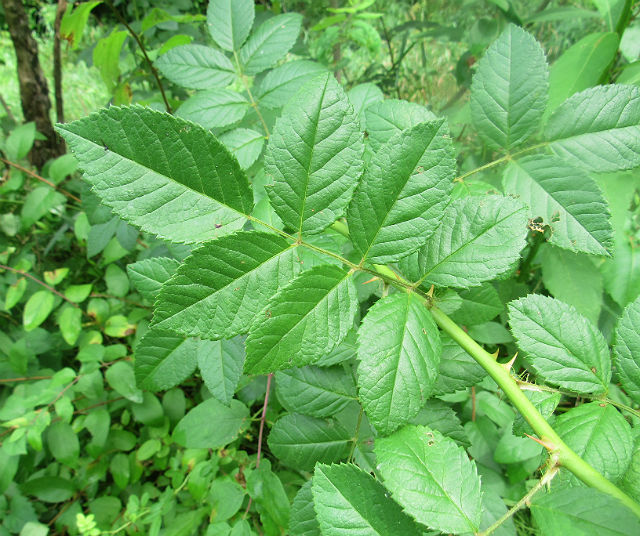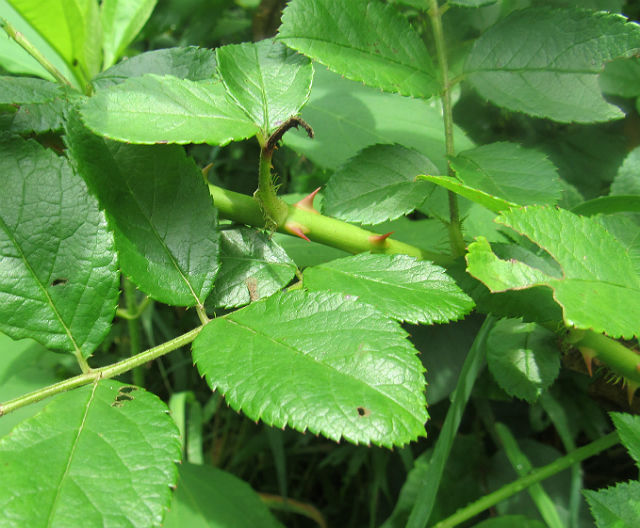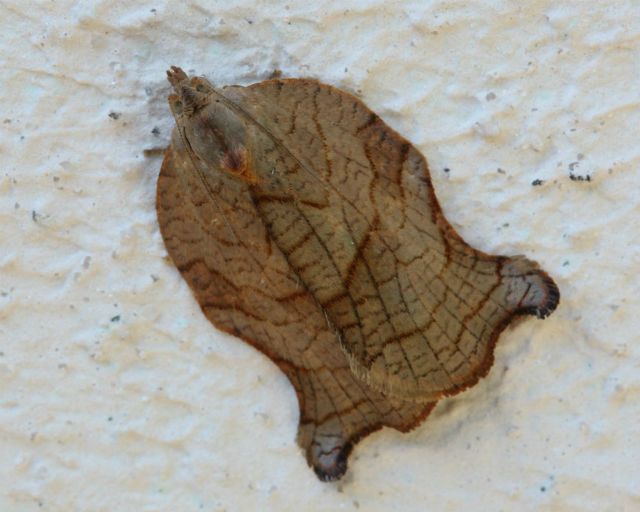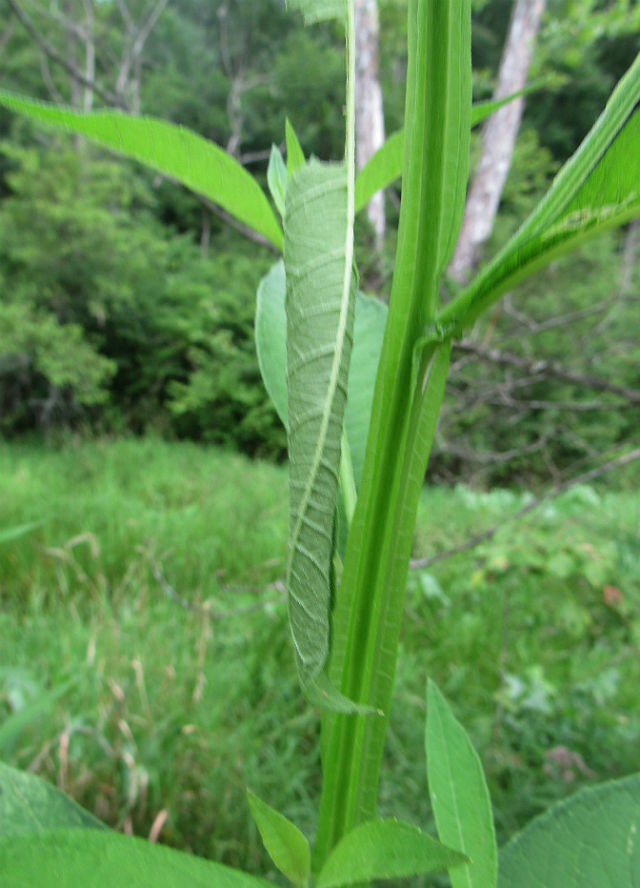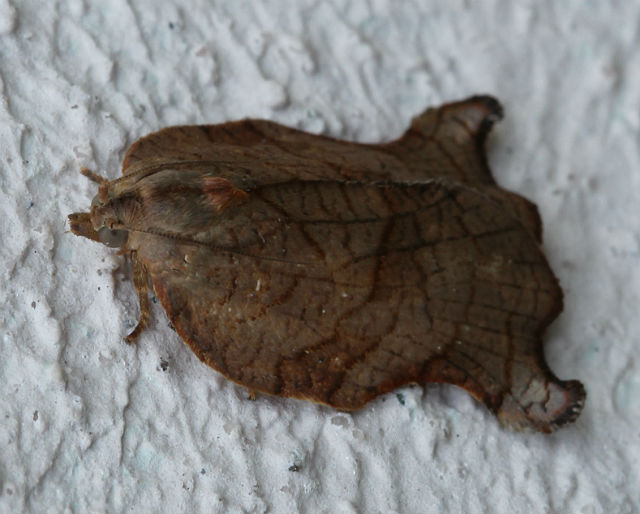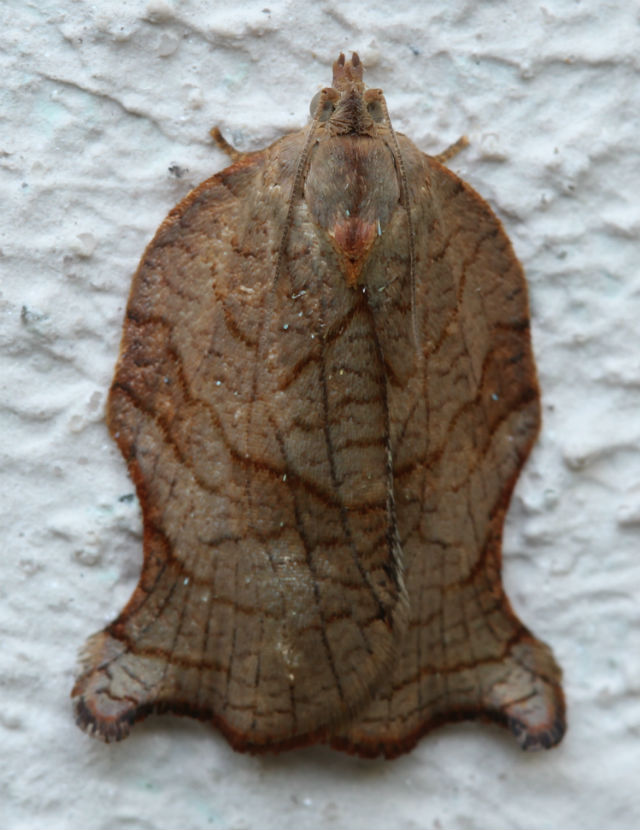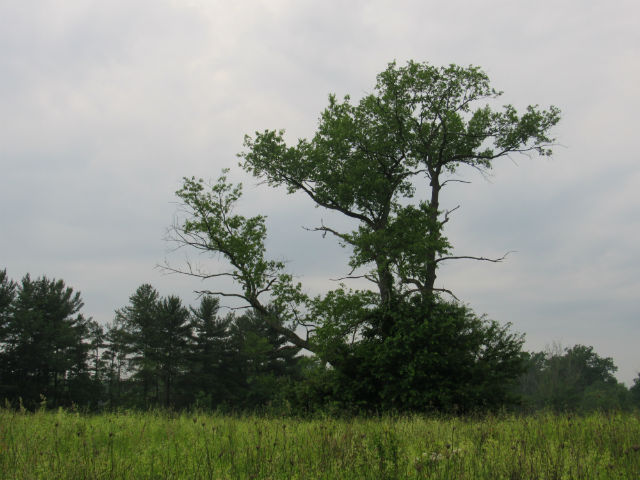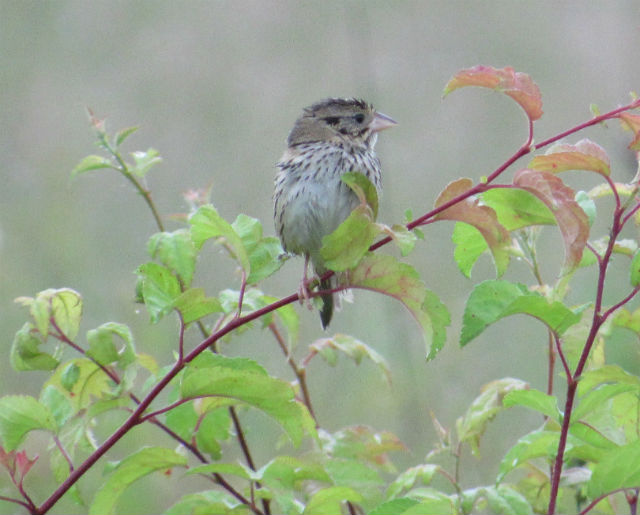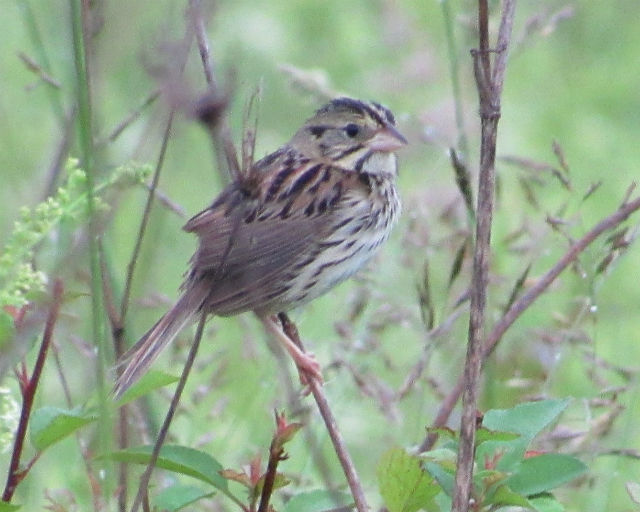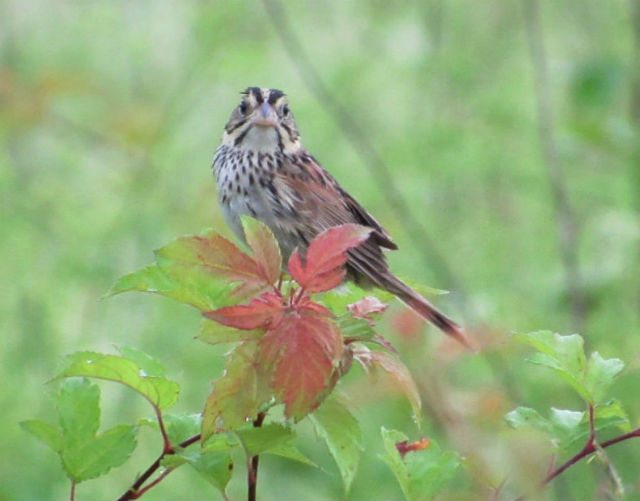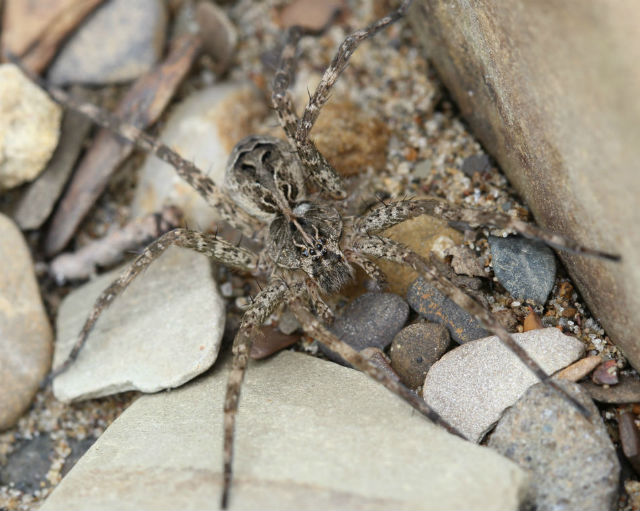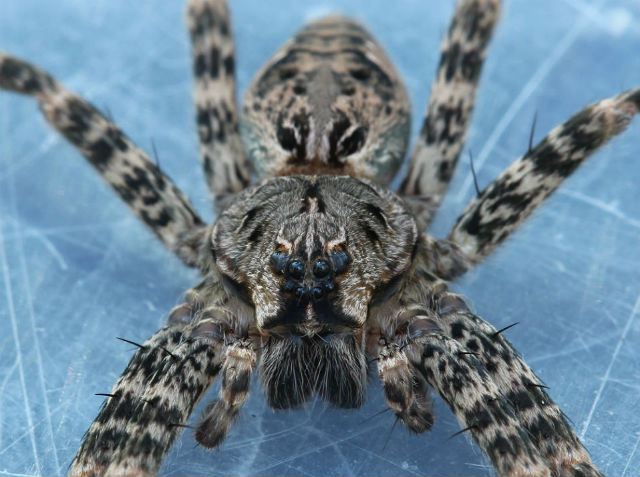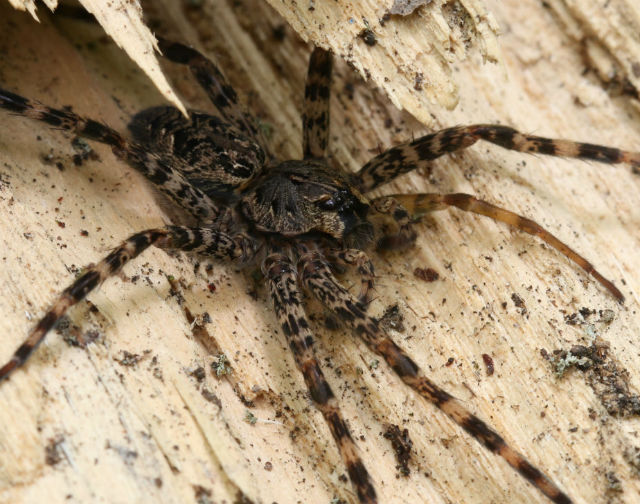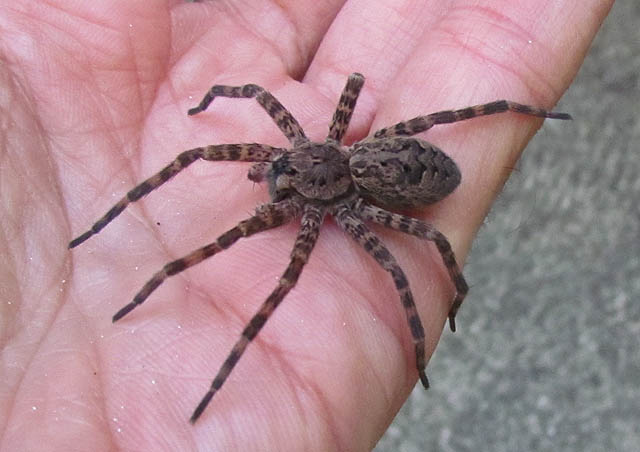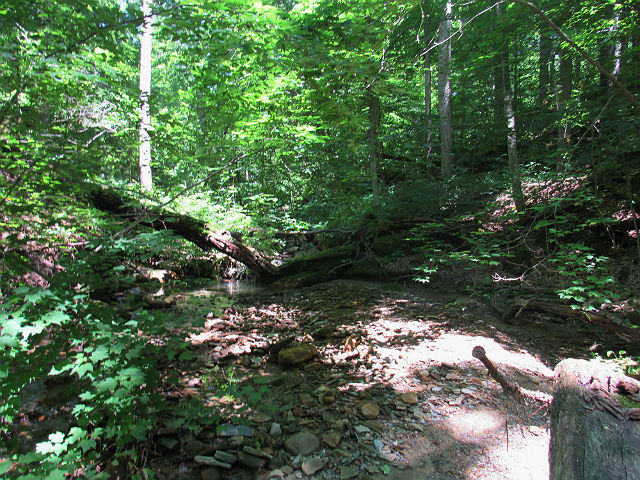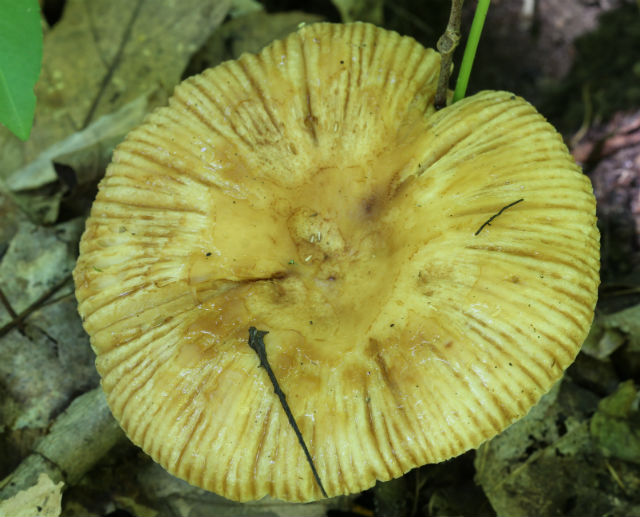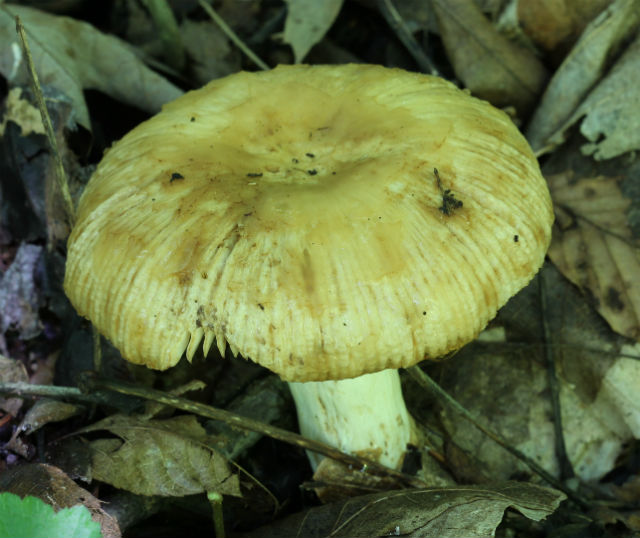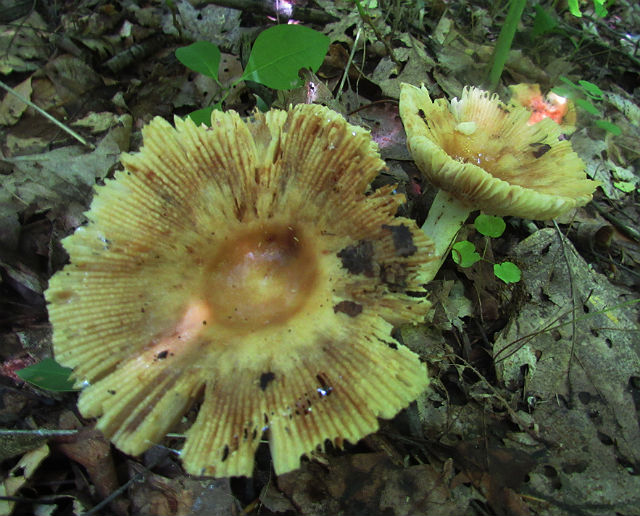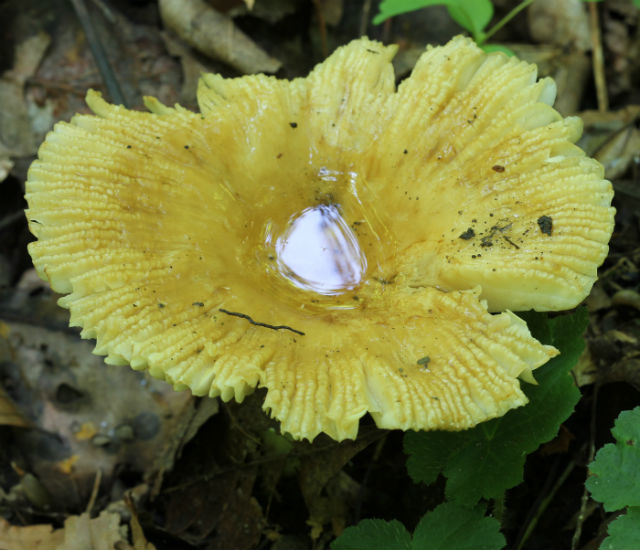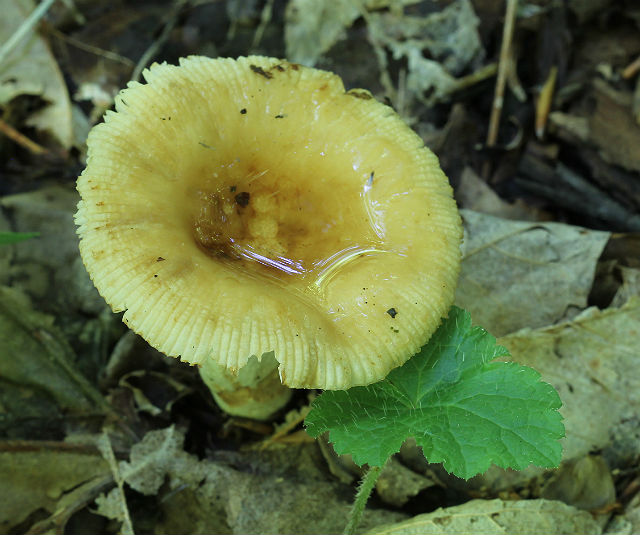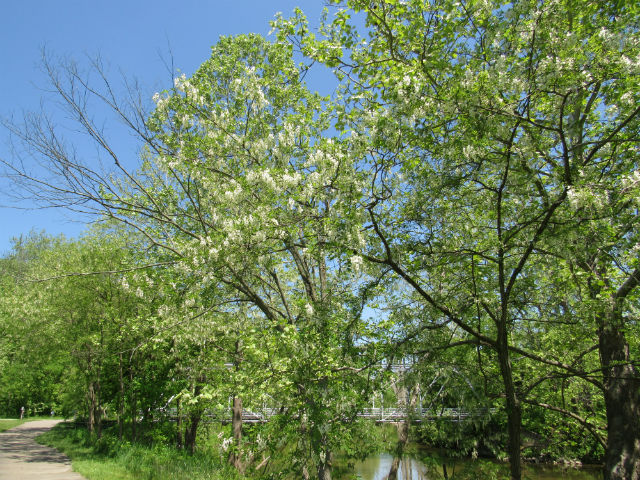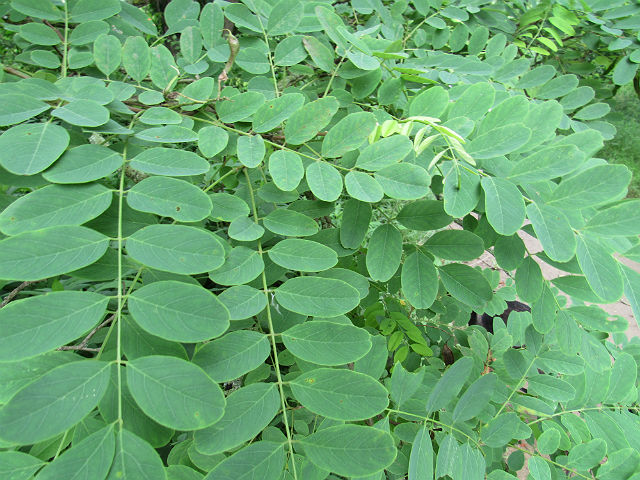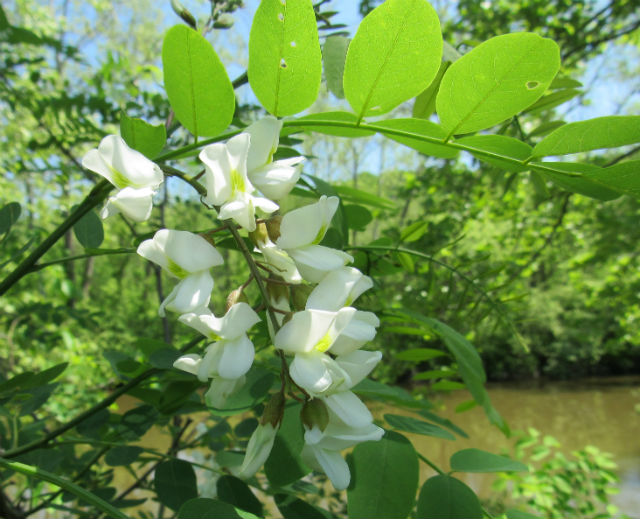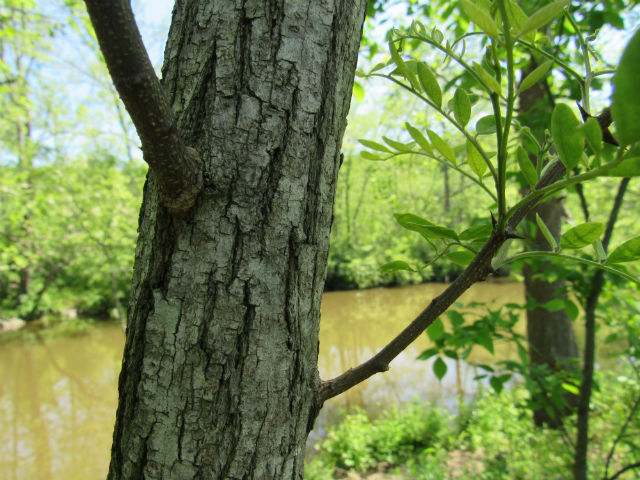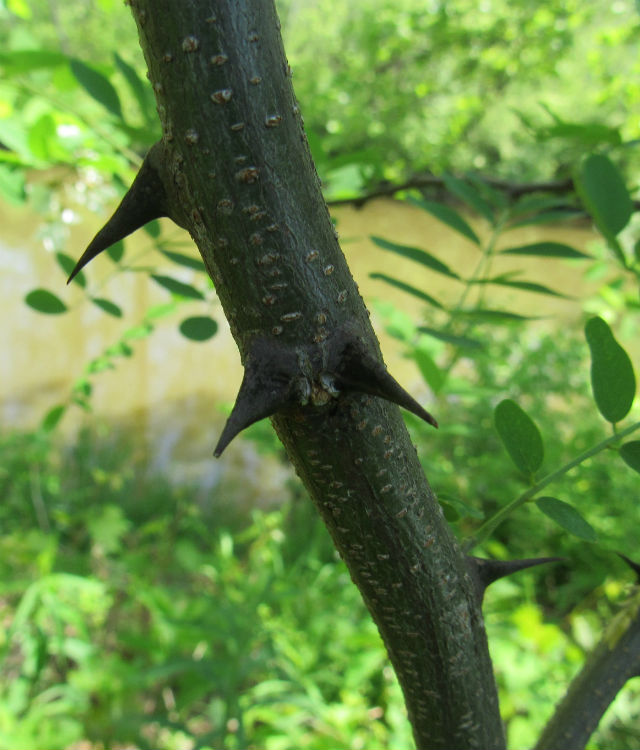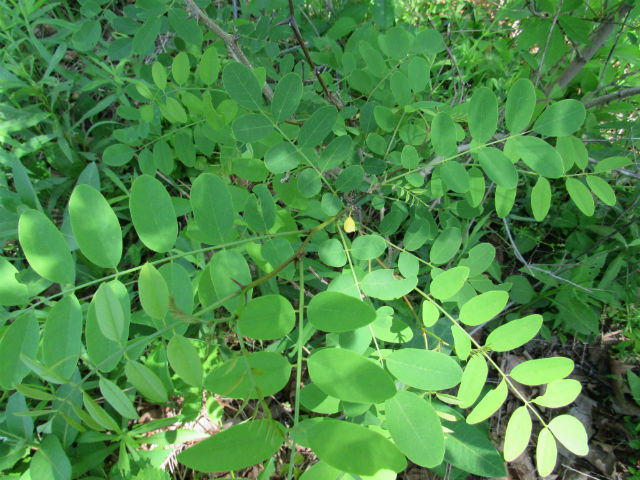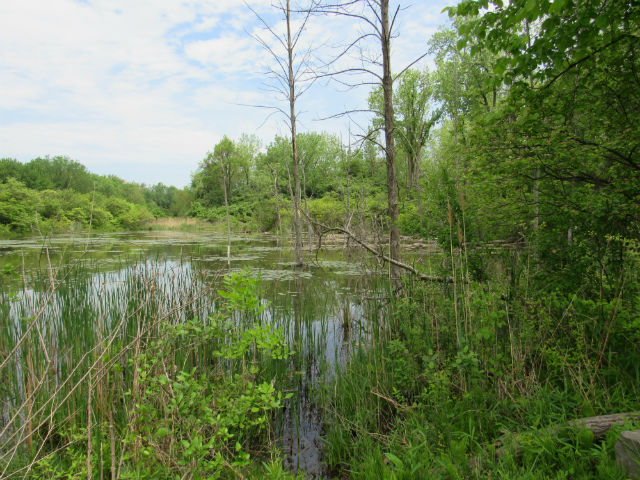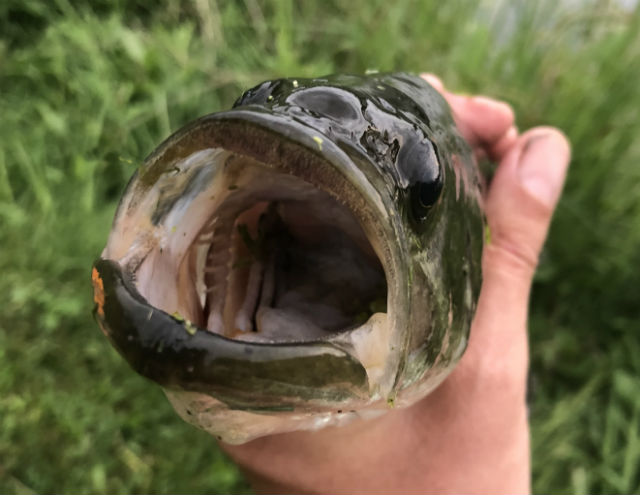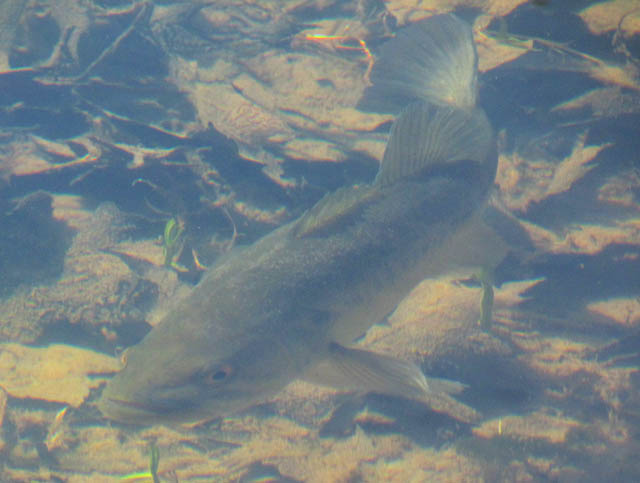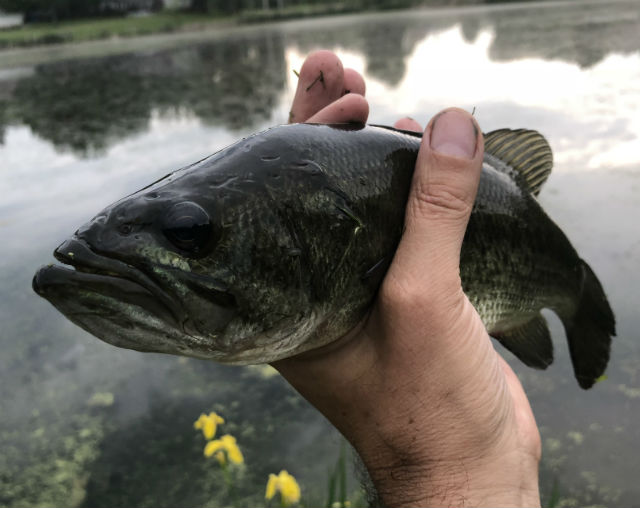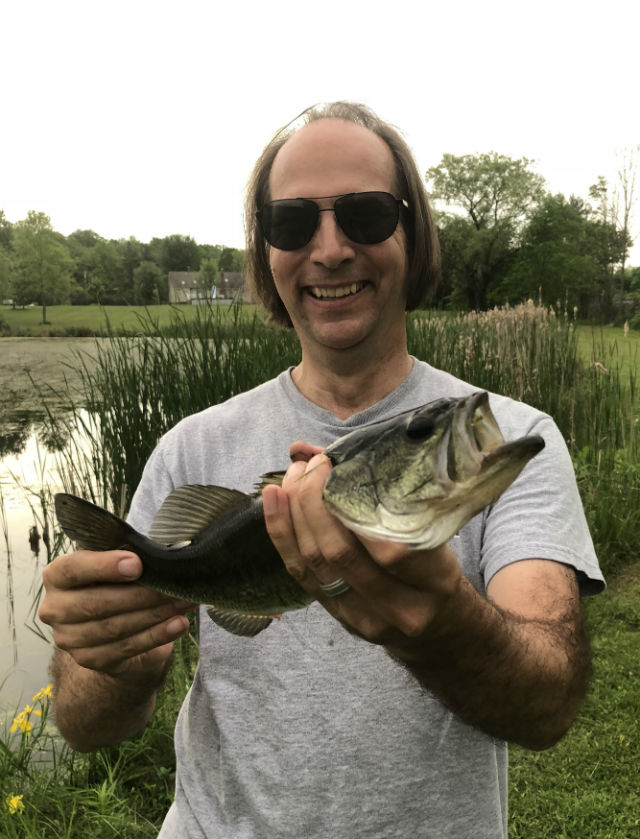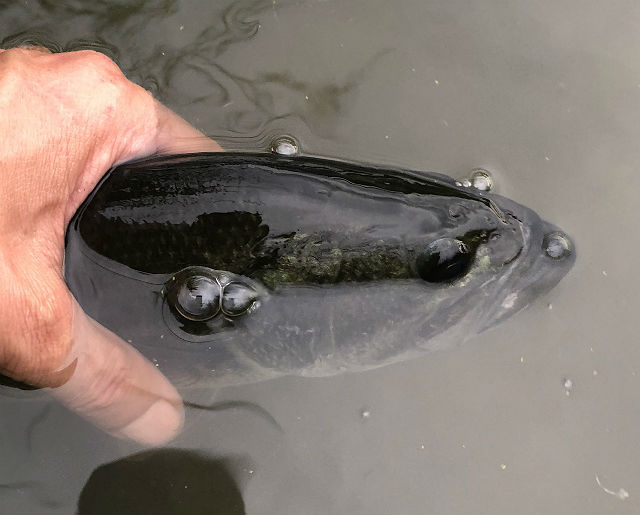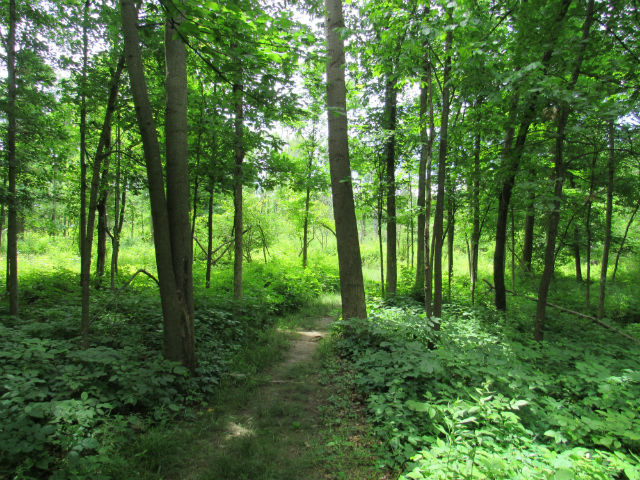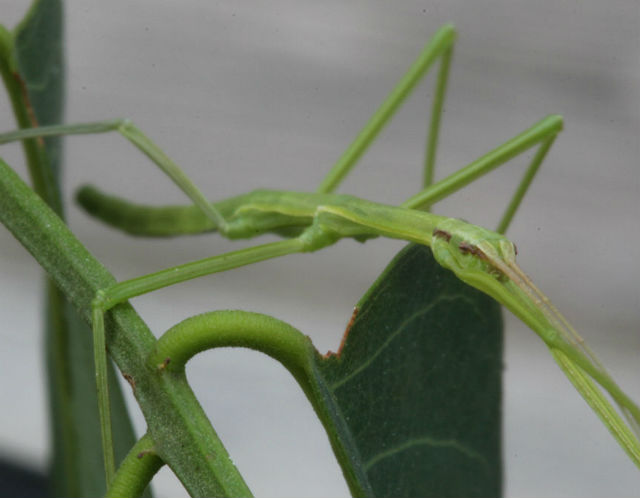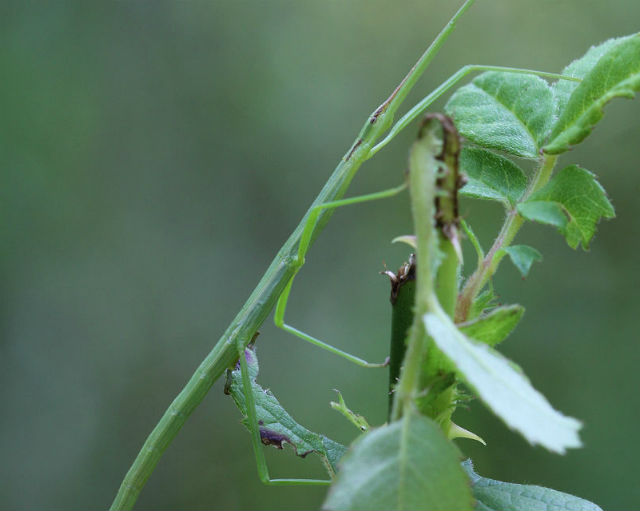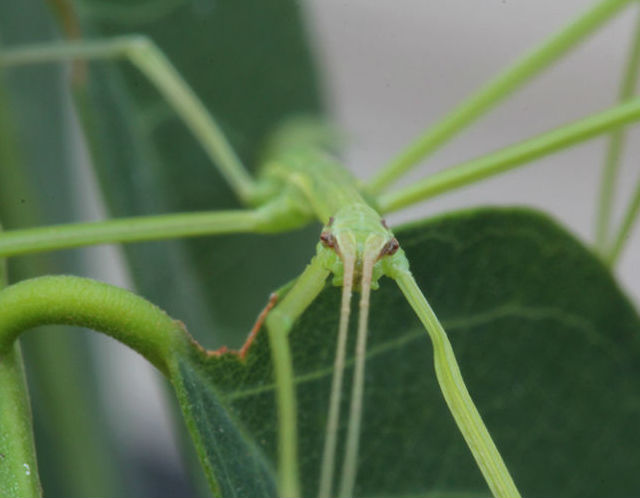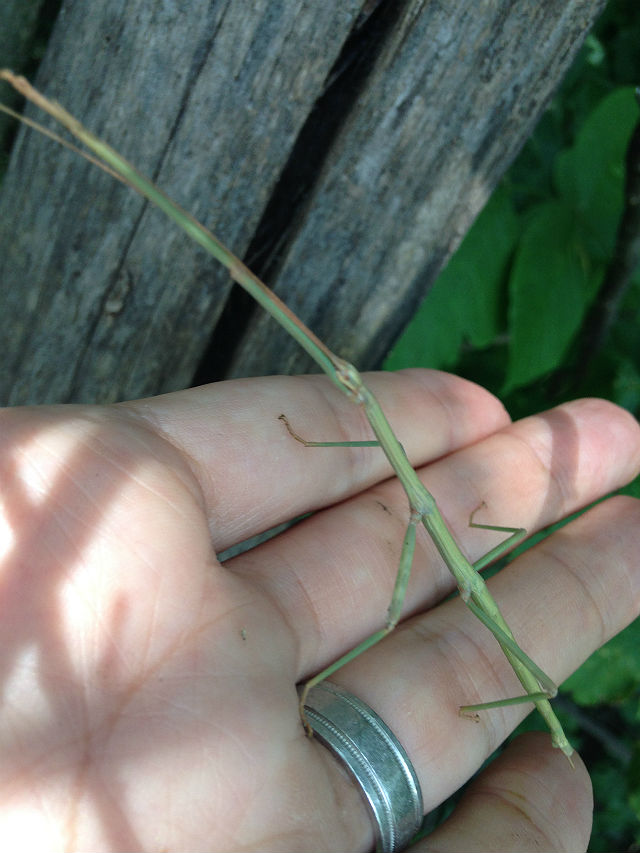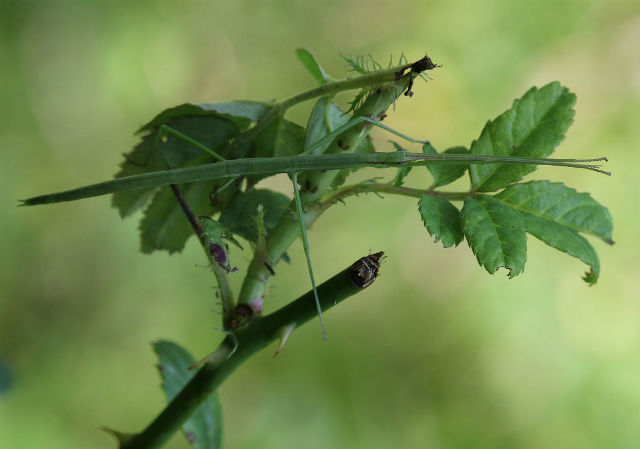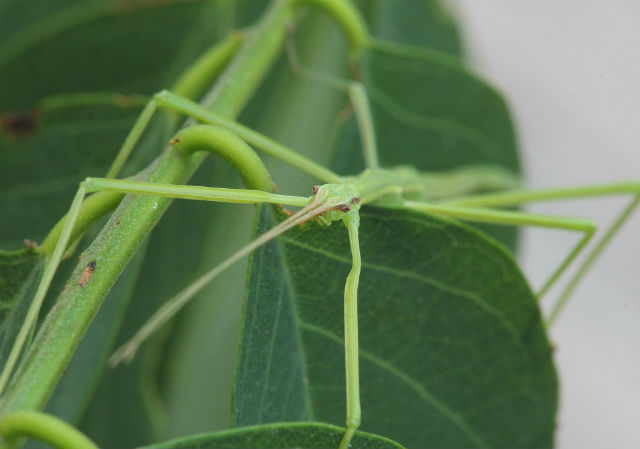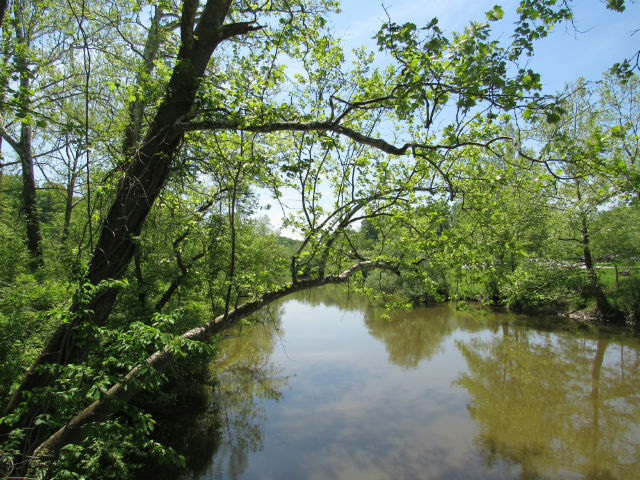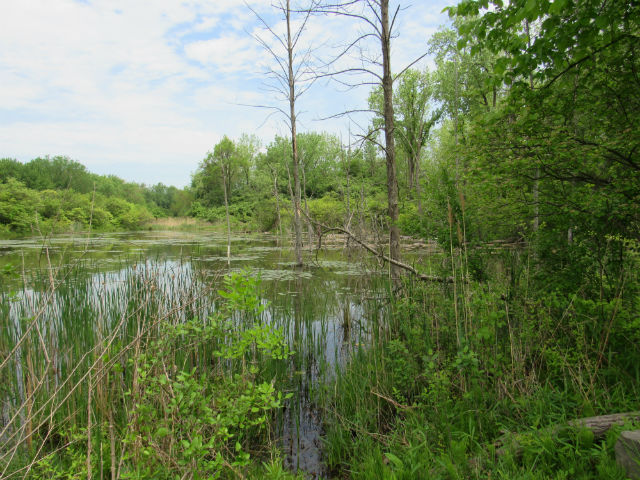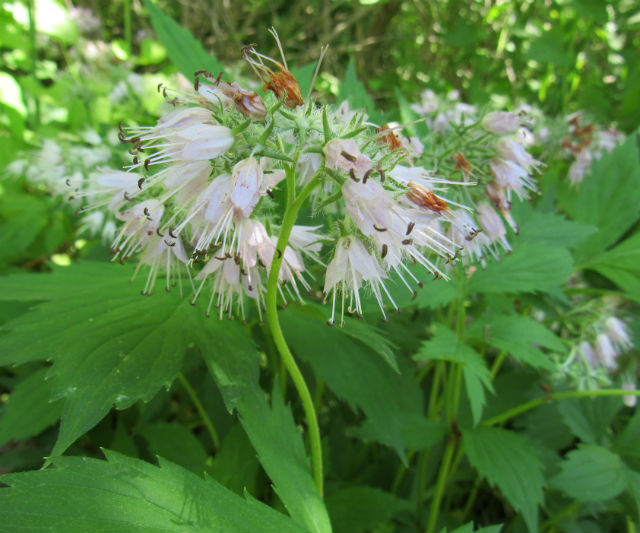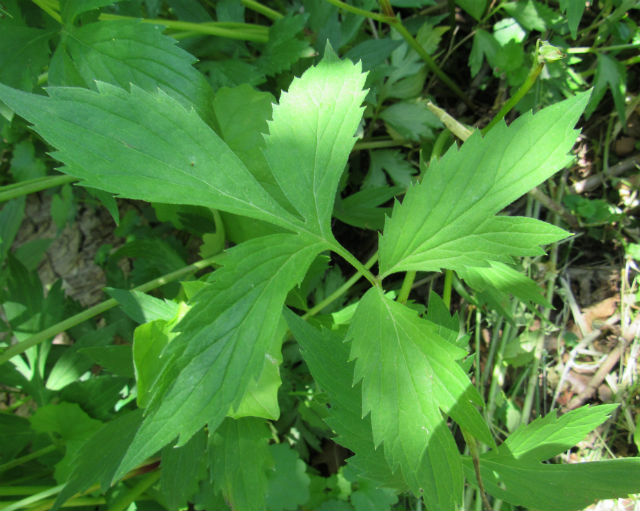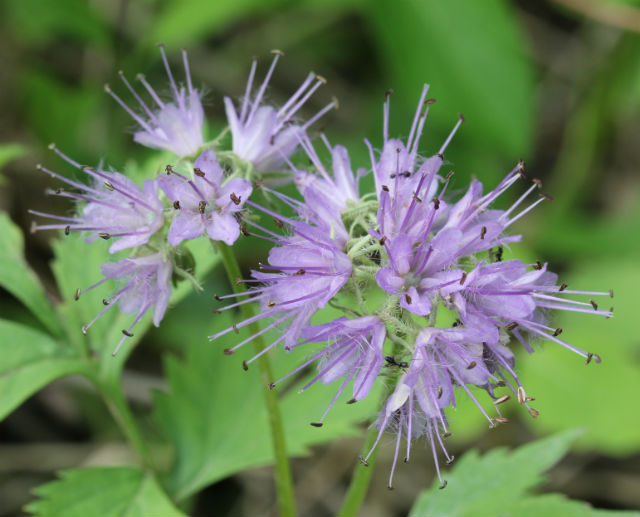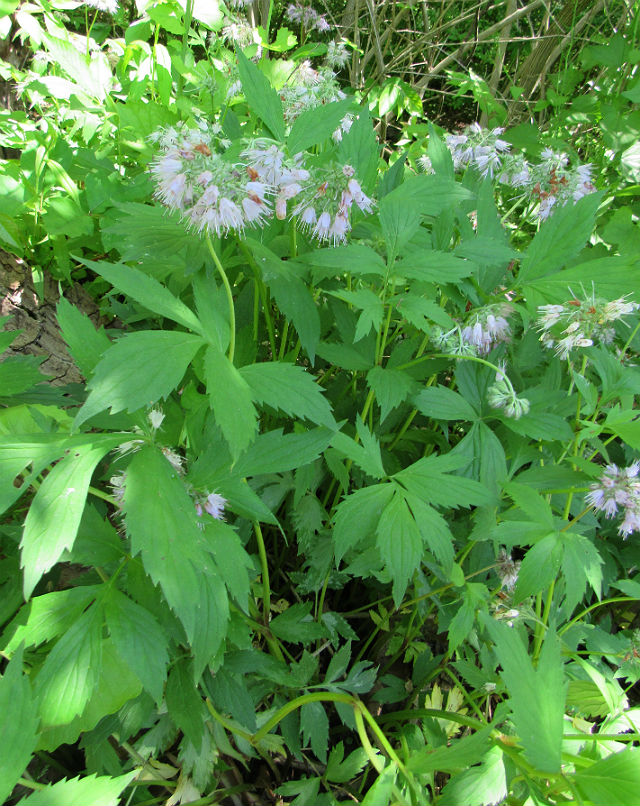This is an unavoidable invasive species that I encounter on my northeast Ohio hikes. It is native to eastern Asia, and naturally found in China, Japan and Korea.
In the 1950′s, it was common to plant Multiflora Rose as a “living fence,” which was more permanent and economical than a wire fence. These days it is common in uncultivated fields, fencerows and open woods.
This is a perennial shrub with arching, thorny stems that climbs over other plants, reaching up to 15 feet tall and forming dense thickets. It’s flowers are often in clusters and may be pink or white; they tend to bloom here in Summer.
Typically, they have seven leaflets per leaf, but can they can also have between five and eleven leaflets. The two-inch long leaflets are oval and sharply toothed.
Their small, bright red fruit, referred to as “rose hips,” develop in the Summer and remain on the shrub through the winter.
Multiflora Rose spreads aggressively, both by rooting canes (the ends of branches that root when coming in contact with the ground) and by seeds dispersed by birds and wildlife.
This is a very difficult plant to control. A plant may produce a million seeds per year, and the sseds can remain viable for 20 years.
This plant is also known as Baby Rose, Japanese Rose, Many-flowered Rose, Seven-sisters Rose, Eijitsu Rose and Rambler Rose.





